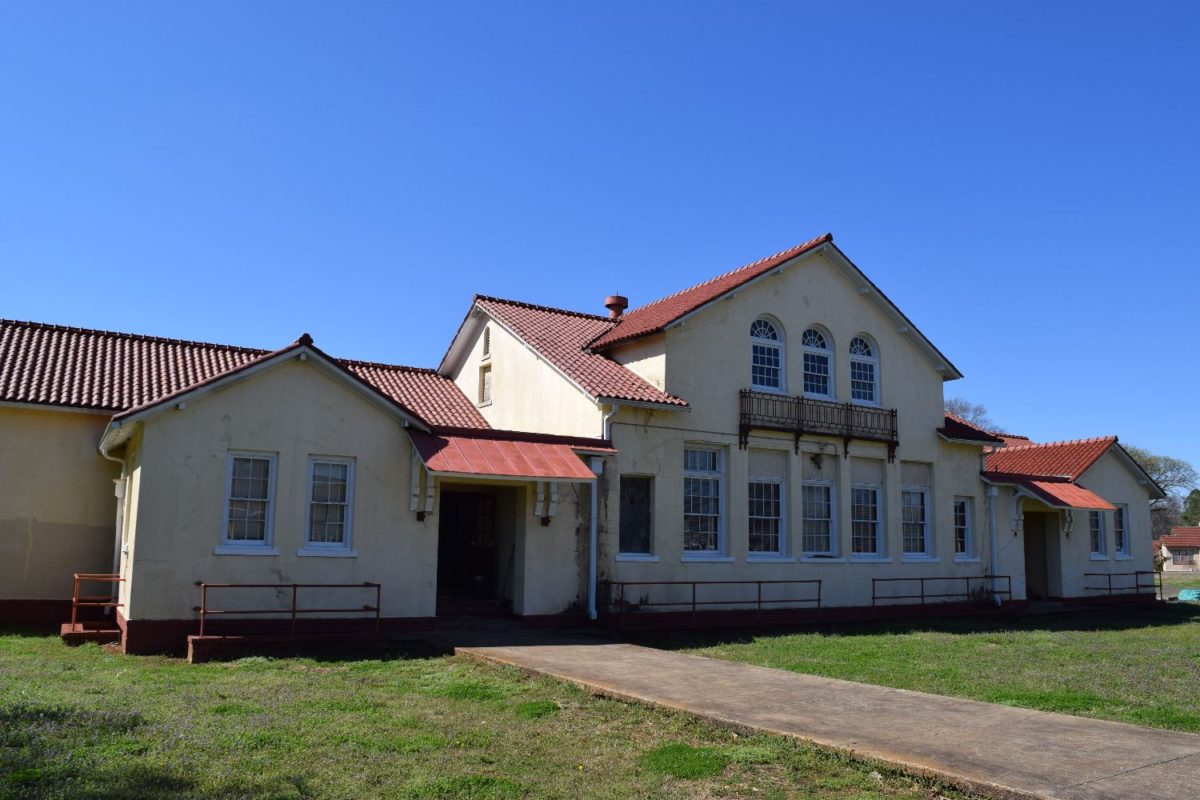By Greg Harrison, President of the Village School Foundation

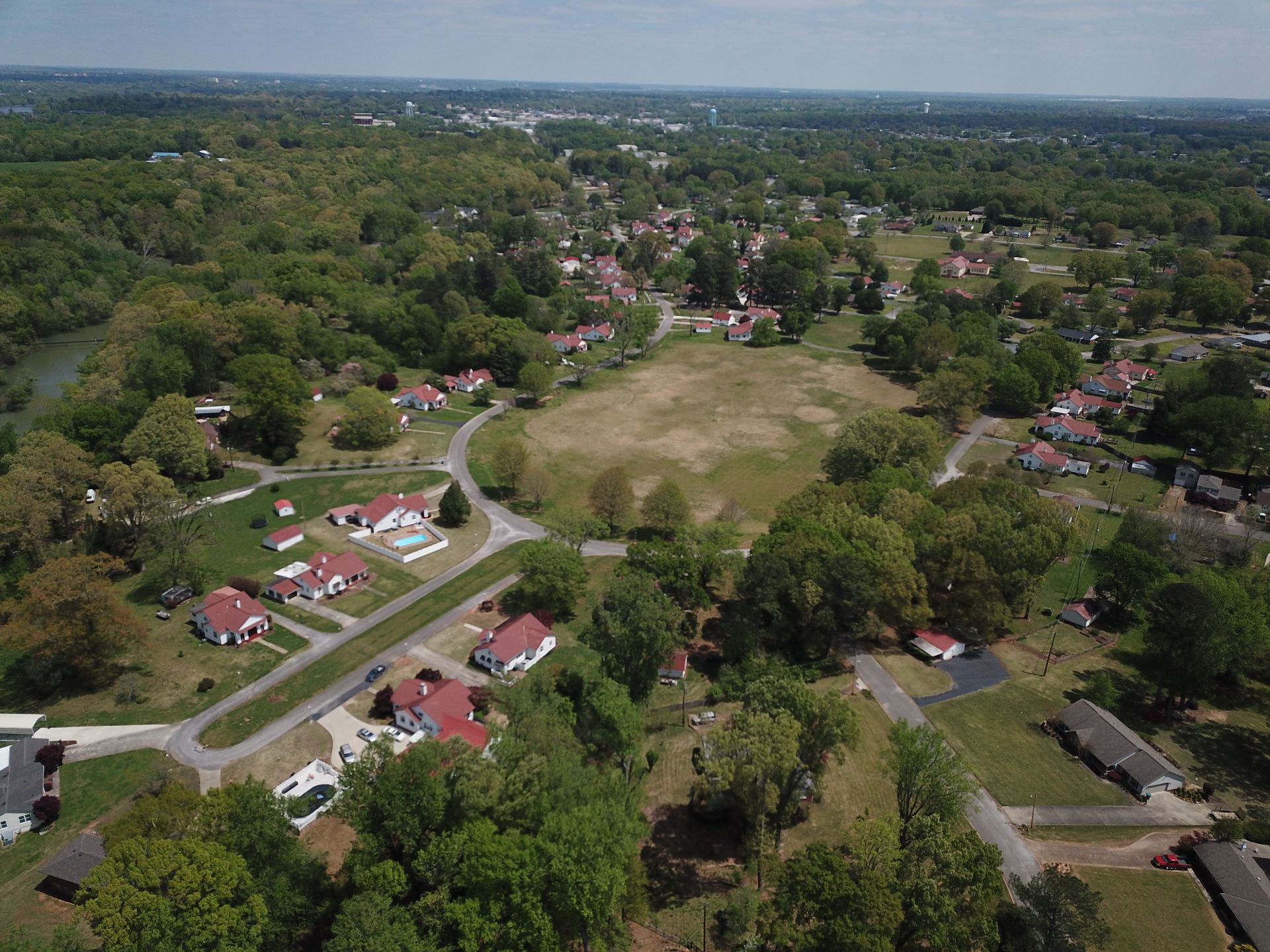
In 1917 the United States began building a massive modern army of two million men in order to aid our allies on the Western front of the Great War. One aspect of this monumental task was creating an ammonium nitrate industry from scratch. Ammonium nitrate is a key ingredient for the high explosives used in ammunition and artillery shells, and without it, the U.S. would be incapable of entering the war. U.S. Nitrate Plant Number One, the first ammonium nitrate production facility in the United States, was built in Sheffield, Alabama, above the bluffs of the Tennessee River. Here it would be far enough inland to be safe from enemy naval bombardment.
To house officers, men, and civilians working at the plant the U.S. Army Ordnance Department contracted Mann and MacNeille Architects and Town Planners to build a small city, U.S. Nitrate Plant Village Number One. Village One was conceived in the Garden City landscape design. Popular at the turn of the century, Garden Cities were self-contained towns with all the stores, amenities, and services needed for daily life but set in an idyllic surrounding of woodlands. With open parks and long sweeping scenic roadways, Garden Cities were a refreshing change from the cramped and dirty industrial towns of the day. One unique aspect of Mann and MacNeille’s patriotic creation was the nine-acre commons and streetscape shaped like the Liberty Bell, complete with hanger, clapper, and crack. The Liberty bell was a familiar image in 1917, often seen on posters for war bond drives and recruitment efforts. After war’s end in 1919, the still incomplete Village One remained occupied by the Ordnance Department until 1933 when it and the nitrate plant became part of the Tennessee Valley Authority. The TVA was a depression era program created to bring power generation and jobs to the area. TVA housed employees in Village One until the property was auctioned to private ownership during a downsizing effort in 1949. Today the remaining structures of Village One create a picturesque residential neighborhood. Having been maintained as a government facility for half the century, many of the scenic views haven’t changed since 1918. The white stuccoed houses of homogenous architecture and red clay roofs give it the feeling of a quaint European village, located in Northwest Alabama.
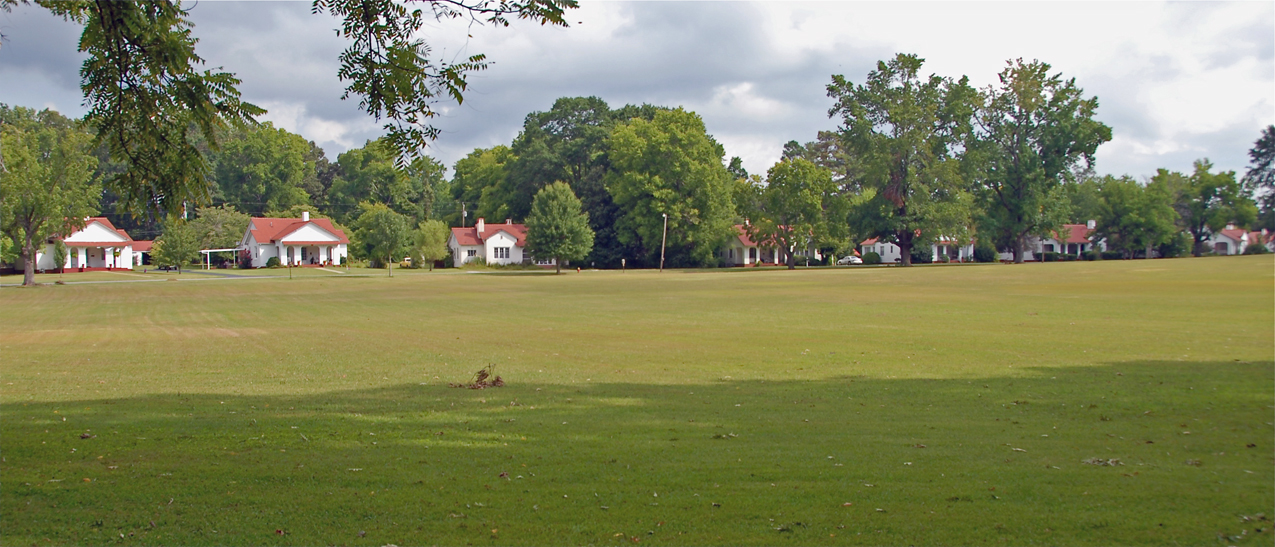
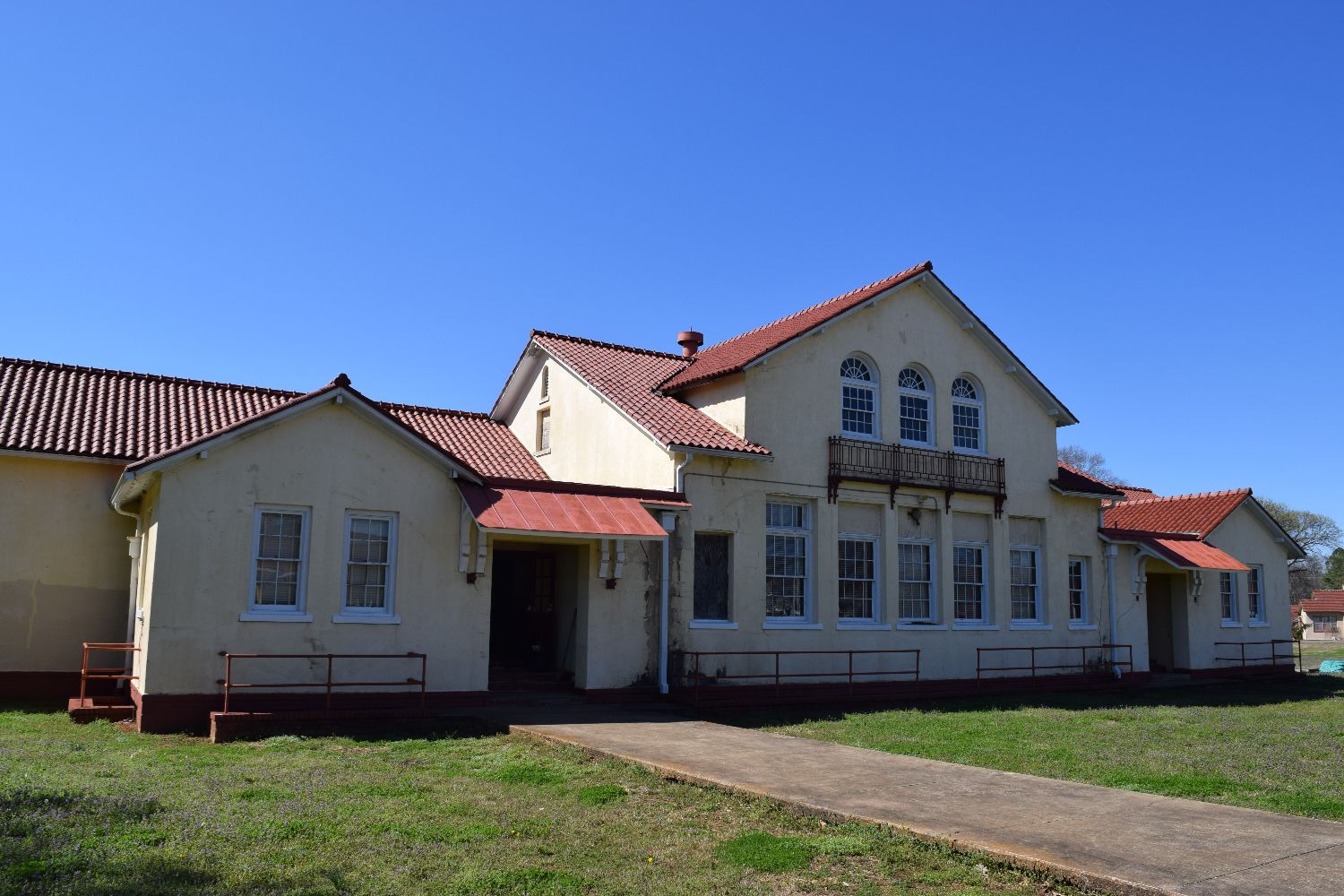
The Village One Schoolhouse is an architecturally stunning ten-room school building in the center of Village One. Designed by Mann and MacNeille Architects in 1917 with a 400-seat auditorium “to be used for community gatherings, theatricals, etc.” The auditorium also contains a fireproof movie projection booth. Before the advent of television newsreels, movies and cartoons were an important form of media at the time. The footlights along the stage floor still light, and the silver painted canvas screen rolled on its long wooden spool leans against the backstage wall. The building, while 101 years old, neglected and damaged, is in an extremely remarkable state of preservation. The intricate heartpine trusswork and beadboard ceiling, last shellacked during The Great War, looks as though it could have been built yesterday.
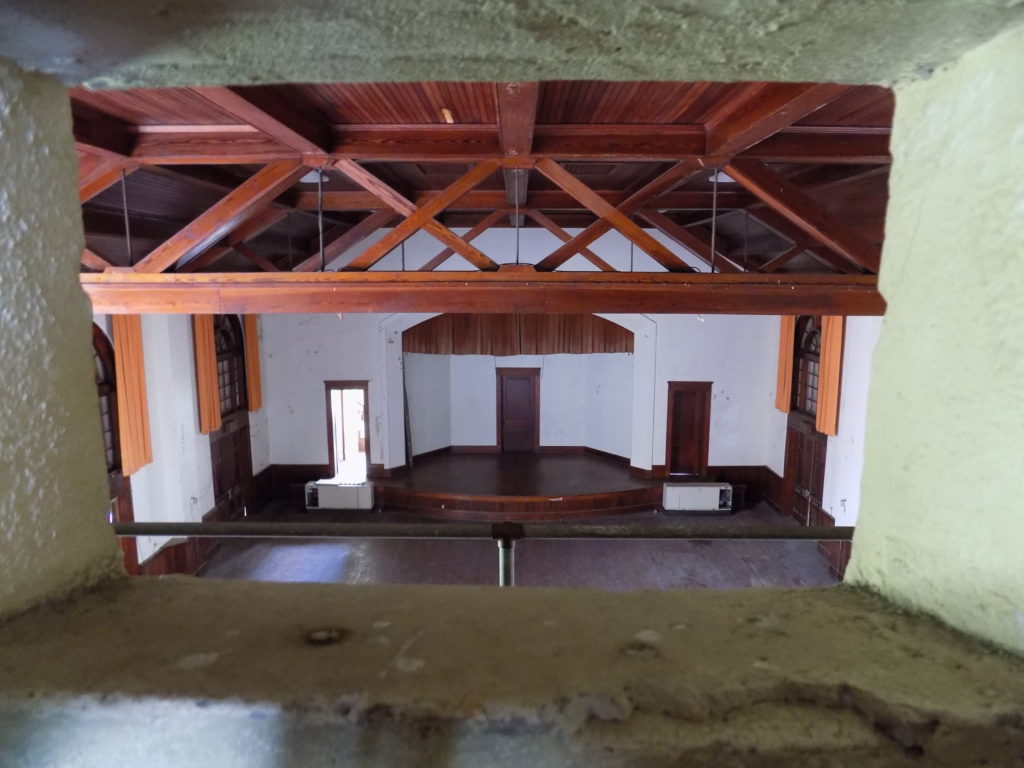

The Village One School was an active city school until the mid-nineties when a program of school consolidation left it abandoned and unmaintained. In 2005 a group of concerned residents began an effort to save the building. Money was raised to repair a large hole in the roof and the playground equipment was repaired and painted. In 2008 the Historic Sheffield Commission was awarded a grant, and together with funding from the City of Sheffield all the broken glass was repaired, windows painted, and new rain gutters were installed. The ornate roof brackets and ceilings on the porch awnings were replicated and restored. Several clean up efforts through the years have cleared the building of decades worth of junk and debris.
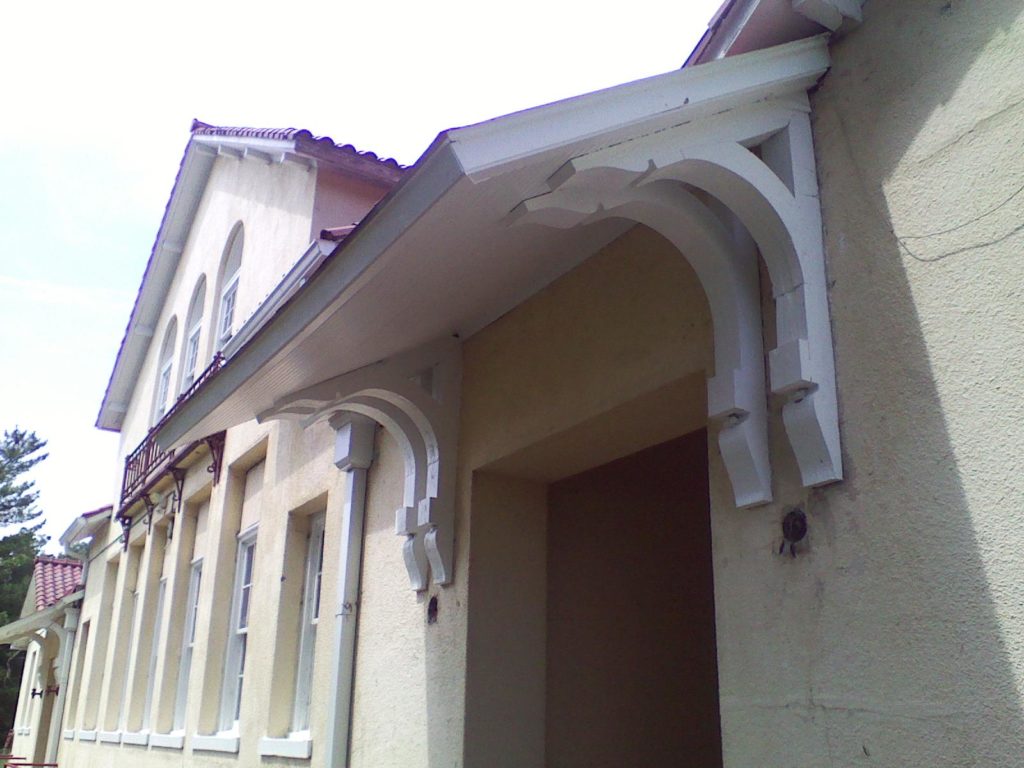
In 2018 the Historic Sheffield Commission hosted a centennial celebration for Village One’s 100th birthday at the school, complete with a giant cake shaped like the neighborhood’s famous Liberty Bell commons. With live music and hundreds of attendees, history groups and speakers filled the halls and auditorium of the Village School sparking new interest and energizing citizens to restore the building. Immediately following the centennial, the Muscle Shoals National Heritage Area awarded a grant for much needed roof repairs. Together with matching funds from the City of Sheffield new metal flashings were installed and pallets worth of broken roof tiles were replaced, saving the building from almost certain destruction. Around this same timeframe MSNHA also sponsored a series of public meetings regarding the fate of the building. Out of these meeting came the plan to form a non-profit group dedicated to the repair and restoration of this landmark structure. In 2019, The Village School Foundation was given 501c status and work began on public outreach and fundraising, as well as providing a much-needed point of contact for contractors during repairs. This year VSF wrote and was awarded a grant on behalf of the City of Sheffield. These funds will be used for urgent exterior repairs.
Outside of fundraising another operation of VSF has been to research and document the history of U.S. Nitrate Plant One and Village One. The Village School Foundation’s outreach program has organized tours and given presentations on the significant national and local history of Village One and the U.S. Army’s Great War nitrate project as well as the peacetime operations of TVA. Sharing our knowledge helps build interest in the Village and schoolhouse, inside and outside of the area, as well as show stewardship towards this valuable historic asset in our city. The Village One School is one of the last publicly owned and publicly accessible structures of the U.S. Great War Nitrate Program.
Greg Harrison is the current president of the Village School Foundation and a dedicated volunteer of this cause. As soon as it is safe to hold in-person events, the Alabama Trust for Historic Preservation looks forward to scheduling a hands-on preservation workshop at the Village School. Stay tuned for more details! In the meantime, the Village School Foundation is raising funds through GoFundMe to make much needed repairs and save this important place for future generations to enjoy. Please consider a financial contribution to these important efforts, and follow The Village School Foundation on Facebook for the latest updates.

